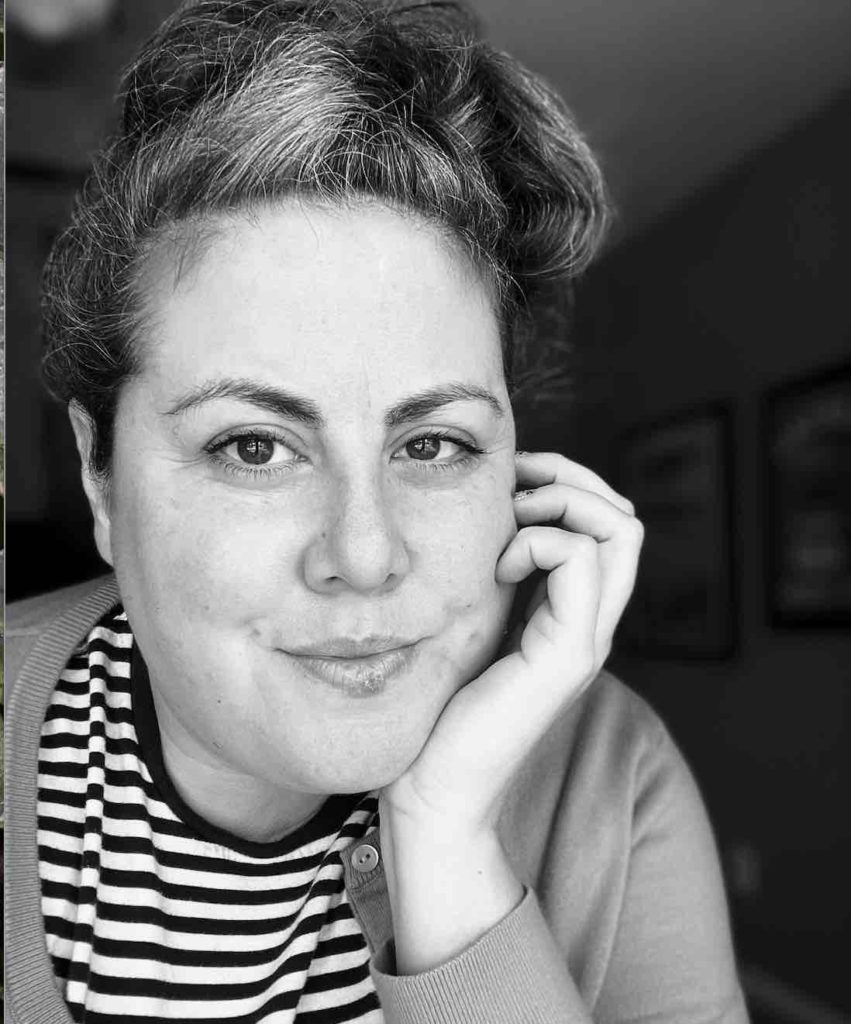Poem of the Week | October 17, 2022

“What I Learned From the Gympie Gympie Plant” by Christina Olson
This week’s Poem of the Week is “What I Learned From the Gympie Gympie Plant” by Christina Olson.
Christina Olson is the author of Terminal Human Velocity (Stillhouse Press, 2017). Her chapbook The Last Mastodon won the Rattle 2019 Chapbook Contest. Other work appears in magazines including The Atlantic, The Nation, Scientific American, Virginia Quarterly Review, and The Best Creative Nonfiction. She is an associate professor at Georgia Southern University and tweets about coneys and mastodons as @olsonquest.
What I Learned From the Gympie Gympie Plant
Dendrocnide moroides
killing you softly is not the m.o.
of the gympie gympie plant
which would prefer instead to kill you
repeatedly & very agonizingly
using its heart-shaped leaves covered in fur
each slender hair made of silica
each glass spine filled with neurotoxin
the slightest flutter lodges the glass in skin
the poison can jolt for up to two years
survivors say it feels like being electrocuted
with hot acid so pause here to pity the man
who used the gympie gympie as toilet paper
they say he shot himself four days later
(this is probably legend but we’d understand)
yet the red-legged pademelon
feeds upon the gympie gympie
& the leaves feed other bugs & birds
it’s humans that take each sting personally
how we carry its glass in our skin
all these years later still stinging
as if just any heart is ours to touch
Author’s Note
This poem is part of a new manuscript, The Anxiety Workbook, which spends a lot of time examining our relationship to the natural world and our obsession with centering humans within it. I don’t remember where I first learned about the gympie gympie plant—I’m sure I Googled “top ten plants that want to kill you” or something very scientific—but I was fascinated by how much people hate this plant. It’s just a plant! It has evolved a very specific and effective way to keep animals from brushing up against it, including human animals. And I loved the irony that these leaves that bristle with silica and neurotoxins are heart-shaped. From there, I somehow jumped to Roberta Flack and the first line popped into my head and the poem came quickly after that. There’s something very human about the fact that we’re upset with this plant because it wants to survive just as badly as we do.
SEE THE ISSUE
SUGGESTED CONTENT

Poem of the Week
Apr 15 2024
“Love Poem for Lois” by Regan Green
“Love Poem for Lois” by Regan Green is our Poem of the Week. Regan Green grew up in Columbia, Tennessee, and now lives in Baltimore. She is a junior lecturer… read more

Poem of the Week
Apr 08 2024
“Gray” by Melissa Ginsburg
“Gray” by Melissa Ginsburg is our Poem of the Week. Melissa Ginsburg is the author of the poetry collections Doll Apollo (winner of the Mississippi Institute of Arts and Letters… read more

Poem of the Week
Apr 01 2024
“Pharmacy Museum Tour Guide, New Orleans” by Andy Young
“Pharmacy Museum Tour Guide, New Orleans” by Andy Young is our Poem of the Week. Andy Young’s second full-length collection, Museum of the Soon to Depart, is forthcoming from Carnegie… read more

